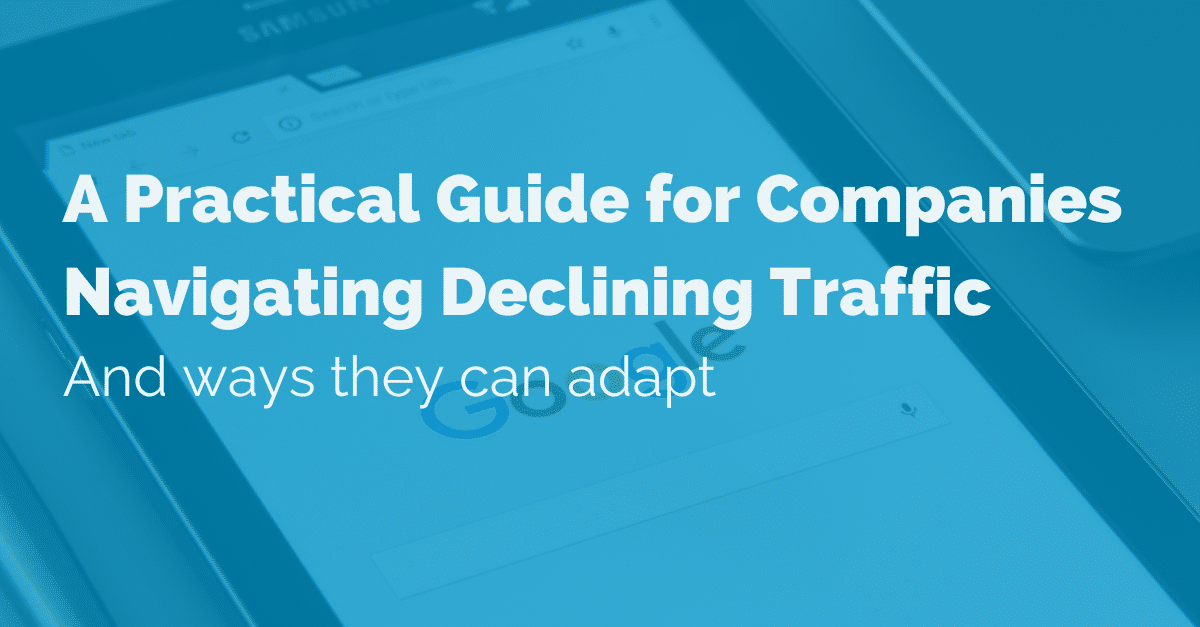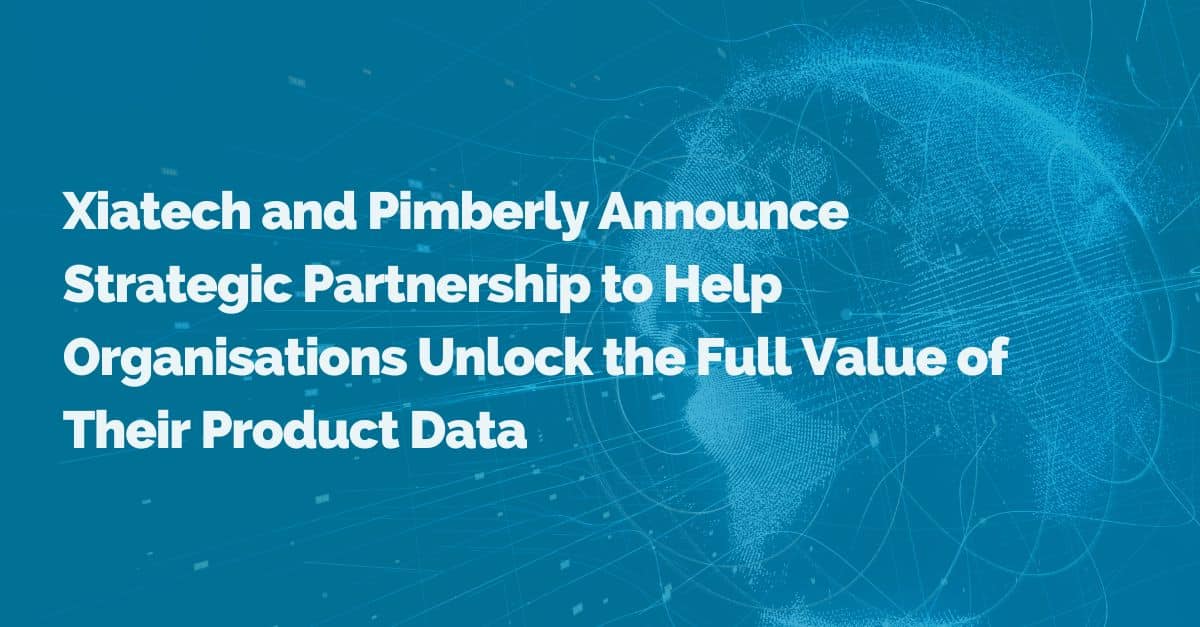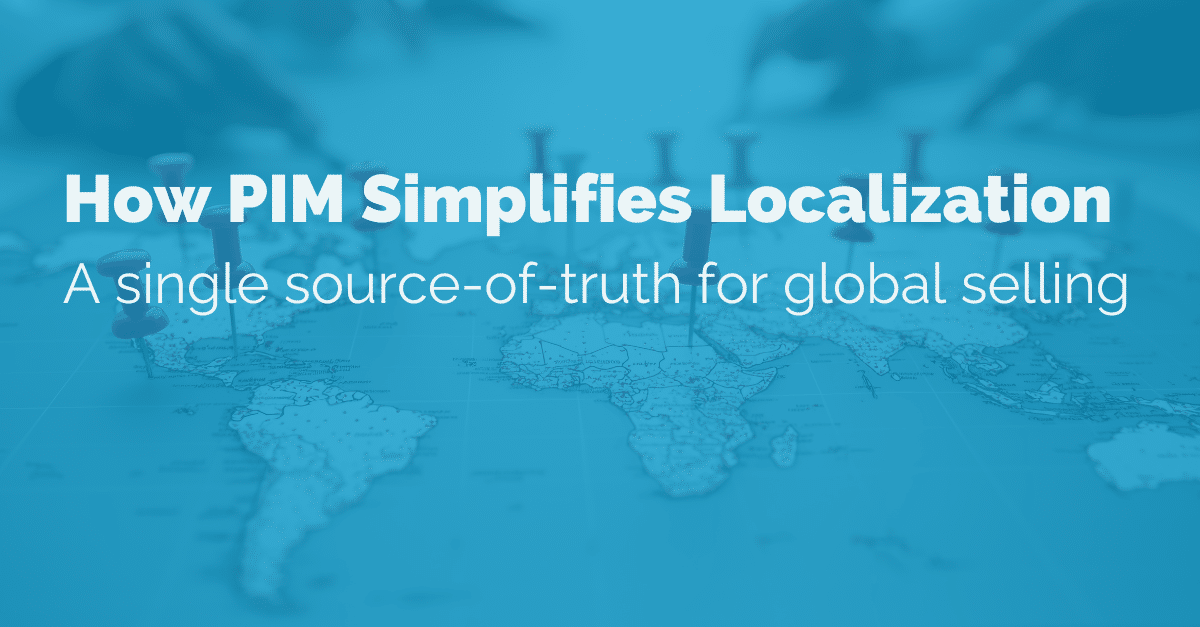1. What is a kit/bundle?
Kits and bundles package either frequently purchased products or products commonly purchased together to better meet customers’ needs. Many successful e-tailers offer discounts when selling kits and bundles as an incentive for customers to increase basket size. Although customers can shop for items individually, they often lack an understanding of what items work well together or are required to meet their goals. However, it goes beyond kitting. You can also develop strategic discounting using bundling for excess stock. For both kits and bundles, you can afford to offer minimal discounts as an incentive, as your costs to process the orders are reduced, AND you also increase the average order value (AOV).
Benefits of kits
When you master the idea of kits, it’s like offering customers an assortment of different products under one SKU. As a result, they get everything they need in one convenient package. You make their shopping experience easier while also increasing their enjoyment of their purchase because they have everything they need.
Here’s a kitting example:
You sell cameras and camera accessories. You can increase AOV by offering customers various kits:
- Starter kits that come with a carrying case
- Pro kits that include a strap and case
- Premium kits that include a higher-quality case and strap, along with a zoom lens
You set yourself up as an expert, so customers come back to you when they need more camera accessories or decide to upgrade.
Benefits of bundles
Bundles are packages of more than one of the same item, so customers are buying in bulk. For bundles, you would target items that customers use frequently. For example, you wouldn’t bundle fashionable pants, but you might consider bundling pants for uniforms. While most people would only want one pair of a certain style of pants if they wear a uniform to work every day, purchasing discounted bundled uniform pants saves them money. You increase customer loyalty by saving them money while increasing your revenue.
2. The benefits of kits and bundles
Kits and bundles reduce costs for processing orders by packaging products together. When structured strategically, you position the products using price optimization, so it makes sense for customers to opt for the kit or bundle over single purchases. As a result, you:
- Make it much easier for customers to order the items required for a better experience using that particular product
- Reduce costs for customers, offering strategic pricing for buying in bulk or kits
- Create a better customer experience because they don’t have to search for items and instead have everything in one neat package
- Sell more items, yet spend less to process the order for improved profitability
- Reduce returns because customers aren’t mistakenly purchasing non-compatible items
- Reduce errors that take place at the picking and packing stage
3. Managing kits and bundles
If you’re still using spreadsheets to manage your product information, the idea of adding kits and bundles into the mix is daunting. Deploying your kits and bundles costs you more money due to inefficient, error-prone processes that present far too many risks. The functionality of a PIM platform enables you to manage rich product information easily. Using your product information, you can gain a better understanding of which products are typically sold in unison in kits and bundles through improved visibility.
You streamline the process of getting kits and bundles to market as your PIM automatically updates attributes across all sales channels. Your PIM is your ’golden record’ of product information, enabling you to develop kits and bundles quickly and manage them through automation. You free up your team to focus on strategic pricing rather than trying to manage kits and bundles manually.
4. Using a PIM for kits and bundles
When you use a PIM for kits and bundles, despite reduced pricing, you increase your AOV through price optimization. Your PIM offers more visibility, so you can create the perfect package. You remain one step ahead of the customer with predictive kits and bundles based on common purchase patterns. You are freed of cumbersome, time-consuming spreadsheets through PIM automated updates for a seamless, enjoyable customer experience. That improved customer experience helps build customer confidence and, in turn, customer loyalty. As a result, you not only increase AOV but also customer lifetime value.
















